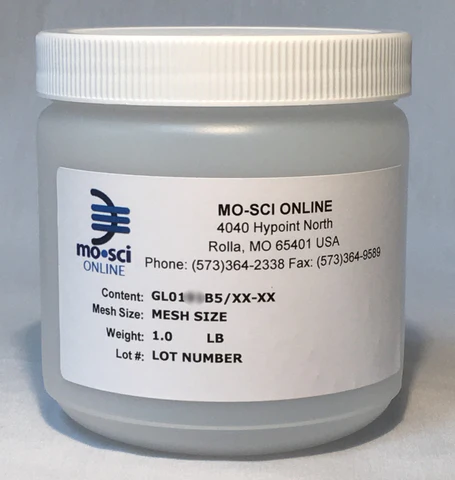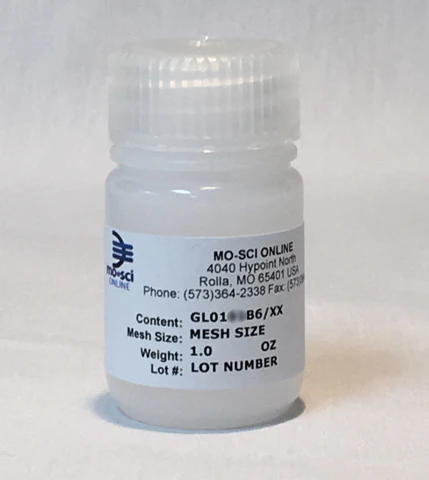Description
Barium Titanate: A Versatile Ceramic Powerhouse
Barium titanate (BaTiO3) is a fascinating inorganic compound that has quietly revolutionized numerous fields. This perovskite ceramic material, with its intriguing properties, has found applications ranging from capacitors and sensors to transducers and even medical imaging. Let’s delve into the world of barium titanate and explore its remarkable versatility.
What is Barium Titanate?
Barium titanate is a crystalline oxide composed of barium, titanium, and oxygen. Its chemical formula is BaTiO3. It exists in several crystalline forms, with the most common being the tetragonal perovskite structure at room temperature. This structure is crucial to its key property: ferroelectricity.
The Magic of Ferroelectricity:
Ferroelectricity is the phenomenon where a material exhibits spontaneous electric polarization that can be reversed by applying an external electric field. This inherent polarization gives barium titanate its unique characteristics:
- High Dielectric Constant: Barium titanate boasts a remarkably high dielectric constant, meaning it can store a significant amount of electrical energy. This makes it ideal for use in capacitors, where efficient energy storage is paramount.
- Piezoelectricity: Applying mechanical stress to barium titanate generates an electrical charge, and conversely, applying an electric field causes it to deform. This piezoelectric effect makes it suitable for transducers that convert mechanical energy to electrical energy and vice versa.
- Pyroelectricity: Changes in temperature induce the generation of an electrical charge in barium titanate. This pyroelectric property allows it to be used in infrared detectors and other thermal sensors.
Applications Across Industries:
These unique properties have paved the way for widespread applications of barium titanate:
- Capacitors: Its high dielectric constant makes it a key component in ceramic capacitors, widely used in electronic devices from smartphones and computers to power supplies and industrial equipment.
- Transducers and Sensors: Barium titanate is used in ultrasonic transducers, microphones, and accelerometers thanks to its piezoelectric effect. It can convert sound waves into electrical signals and detect vibrations.
- Medical Imaging: Barium titanate nanoparticles are under investigation for use in contrast agents for medical imaging techniques like ultrasound. Their biocompatibility and ability to enhance image resolution are promising.
- PTC Thermistors: Doped barium titanate can exhibit a positive temperature coefficient (PTC) of resistance, meaning its resistance increases sharply with temperature. This property makes it useful in self-regulating heaters and overcurrent protection devices.
- Nonlinear Optics: Barium titanate crystals exhibit nonlinear optical properties, enabling them to be used in applications like optical frequency conversion and holographic storage.
Challenges and Future Directions:
Despite its widespread use, research continues to refine the properties of barium titanate and explore new applications. Some challenges include:
- Temperature Sensitivity: The ferroelectric properties of barium titanate are temperature-dependent, limiting its performance in extreme environments.
- Lead-Free Alternatives: While barium titanate is a relatively benign material, there is ongoing research to develop lead-free piezoelectric ceramics with similar or superior performance.
- Nanomaterials and Composites: Advanced research focuses on synthesizing barium titanate nanoparticles and incorporating them into composite materials to enhance their properties and tailor them for specific applications.
Conclusion:
Barium titanate is a testament to the power of materials science. Its unique combination of ferroelectric, piezoelectric, and pyroelectric properties has made it a vital component in countless electronic devices and technological advancements. As research continues to unlock its full potential, we can expect to see even more innovative applications of this versatile ceramic powerhouse in the years to come. From improving medical imaging to enhancing energy storage, barium titanate is poised to play a significant role in shaping the future.














Reviews
There are no reviews yet.